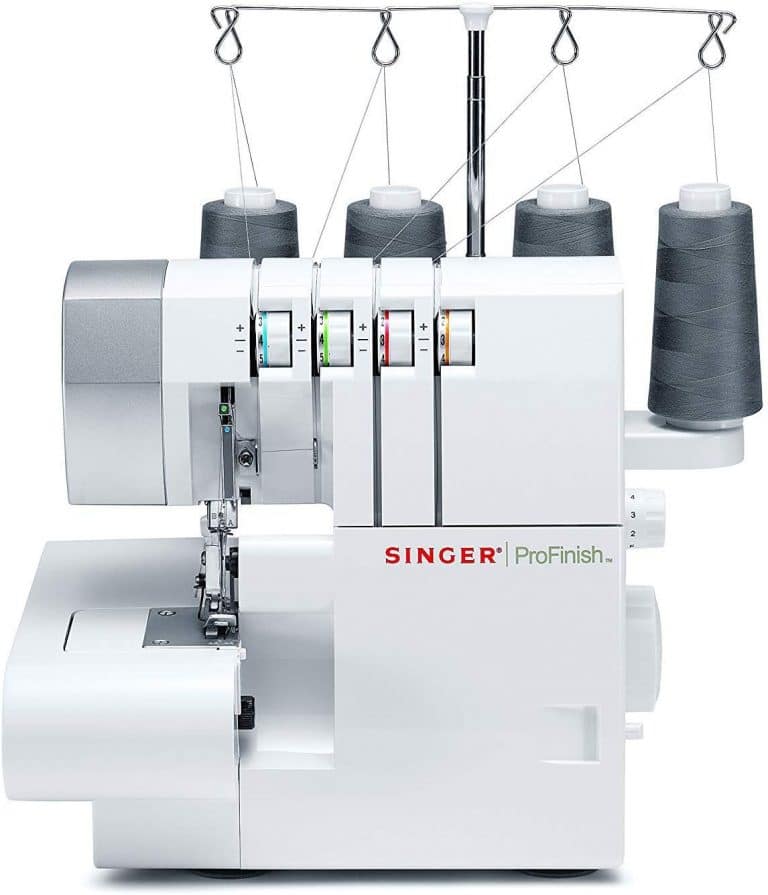Banana Fabric: History, Properties, Uses, Care, Where to Buy

So, banana not only sweetens your deserts, but its plant is used to make a gorgeous Banana Fabric. The fibers located on the Banana plant are used to make this fabric. Don’t think that the fruity, mushy part is used to make this sturdy and ravishing fabric.
You must have read about the Abaca tree and plant in our earlier posts. It was a native banana palm in the Philippines that was also used to make fabrics. So, for centuries the fibers of Banana Plant’s stalk are used in the textile industry.
Table of Contents
History of Banana Fabric
There is no definite origin of this plant in the historical timeline of textiles, but it is believed that it emerged in the 13th century and was introduced by the Asians. As banana trees are grown in the Philippines, so it is claimed that the fabric was first developed there.
Though, in the past, many Asian countries have experimented with the distinct fibers of banana peel and stalk. The western countries also began to see the potential of this fabric, and this is how Banana Fabric gained popularity in the fashion realms.
Properties of Banana Fabric
Silky Texture:
The lustrous, soft, and luxurious appearance of this fabric is similar to that of fine-quality silk.
Eco-Friendly:
The most attractive quality of this fabric is that it’s biodegradable and does not harm the environment in any way. You can easily recycle it.
Highly Strong:
Banana Fabric is a sturdy and durable fabric whose fibers have high tensile strength, and they can tolerate immense pressure without collapsing.
Absorbent:
The fibers of Banana Fabric are absorbent and have high water retention potential.
Light:
This fabric is extremely light-weight and comfortable. Now you can find excellent without feeling suffocated in a bulky dress.
Hypoallergenic:
This fabric is made purely from the Banana Plant fibers, and no harmful chemicals or substances are used in its making. SO, you don’t have to worry about any trigger of allergies or irritations by this fabric.
Uses of Banana Fabric
Clothing:
Many comfortable garments and casual wear are designed from this fabric. It is used to make gowns, fancy wear, evening wear, lingerie, shirts, slips, and even robes.
Recycled Products:
Most recyclable products are made from this fabric. Items like reusable bags, garments, and hats are made from Banana Fabric.
Accessories:
Banana Fabric is used widely to make gloves, hats, and even scarves. These are organic products that are sustainable and of good quality.
Decor:
One of the most popular applications of Banana Fabric is its use in the making of home furnishes like rugs, carpets, wall weaves, and even ropes.
Caring for Banana Fabric
When we say that you have to blindly follow these instructions to take good care of this “divine” fabric, then we mean it! Dry cleaning is the biggest villain in the fairytale of your favorite banana fabric dress. You should not use bleach or any harsh chemicals as they can ruin the fabric.
Try to wash it by hand and dry it by lying flat. You can iron it on 150°C maximum and avoid using any other heating products. If you abide by this set of rules, you can show off your beautiful, eco-friendly fabric for decades!
Where to buy Banana Fabric
We recommend buying Banana fabric at https://amzn.to/4b6kxLB.
Sources:
- Fiber 2 Fashion
- Textile Learner
- Sewport







